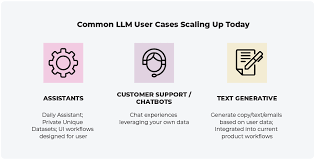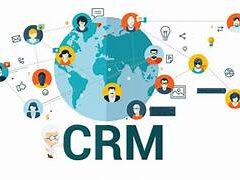The applications of Retrieval-Augmented Generation (RAG) are diverse and expanding rapidly. Use Cases for Retrieval-Augmented Generation. Here are some key examples of how and where RAG is being utilized:
Search Engines
Search engines have implemented RAG to deliver more accurate and up-to-date featured snippets in their search results. RAG is particularly useful for applications of large language models (LLMs) that need to stay current with constantly updated information.
Question-Answering Systems
RAG enhances the quality of responses in question-answering systems. The retrieval-based model identifies relevant passages or documents containing the answer through similarity search, then generates a concise and relevant response based on that information.
E-Commerce
In e-commerce, RAG can improve the user experience by offering more relevant and personalized product recommendations. By retrieving and integrating information about user preferences and product details, RAG generates more accurate and helpful suggestions for customers.
Healthcare
RAG has significant potential in the healthcare industry, where access to accurate and timely information is critical. By retrieving and incorporating relevant medical knowledge from external sources, RAG can provide more precise and context-aware responses in healthcare applications, supporting clinicians with augmented information.
Legal
In the legal field, RAG can be effectively applied in scenarios such as mergers and acquisitions (M&A). By providing context for queries through complex legal documents, RAG allows for rapid navigation through regulatory issues, aiding legal professionals in their work.
Use Cases for Retrieval-Augmented Generation













